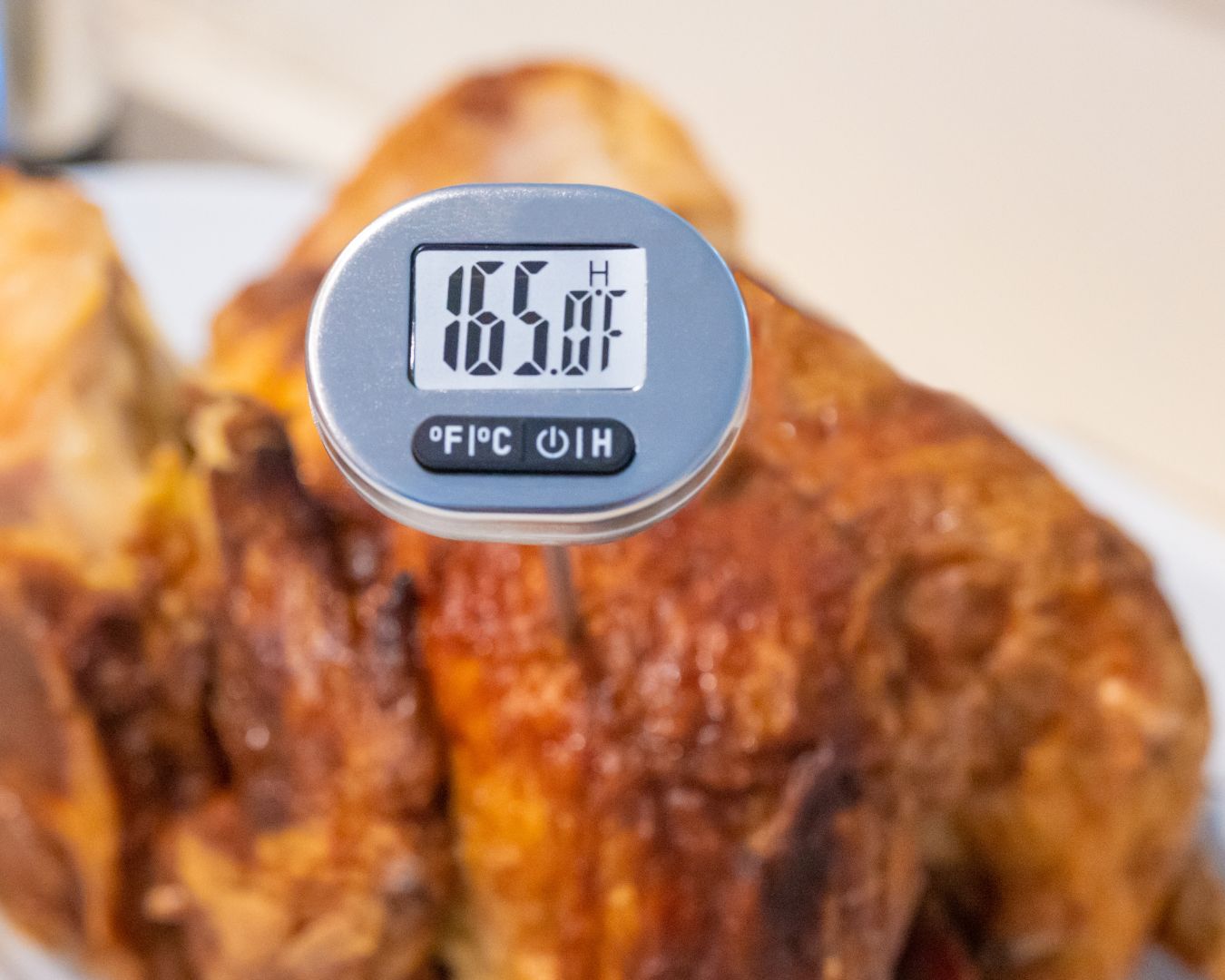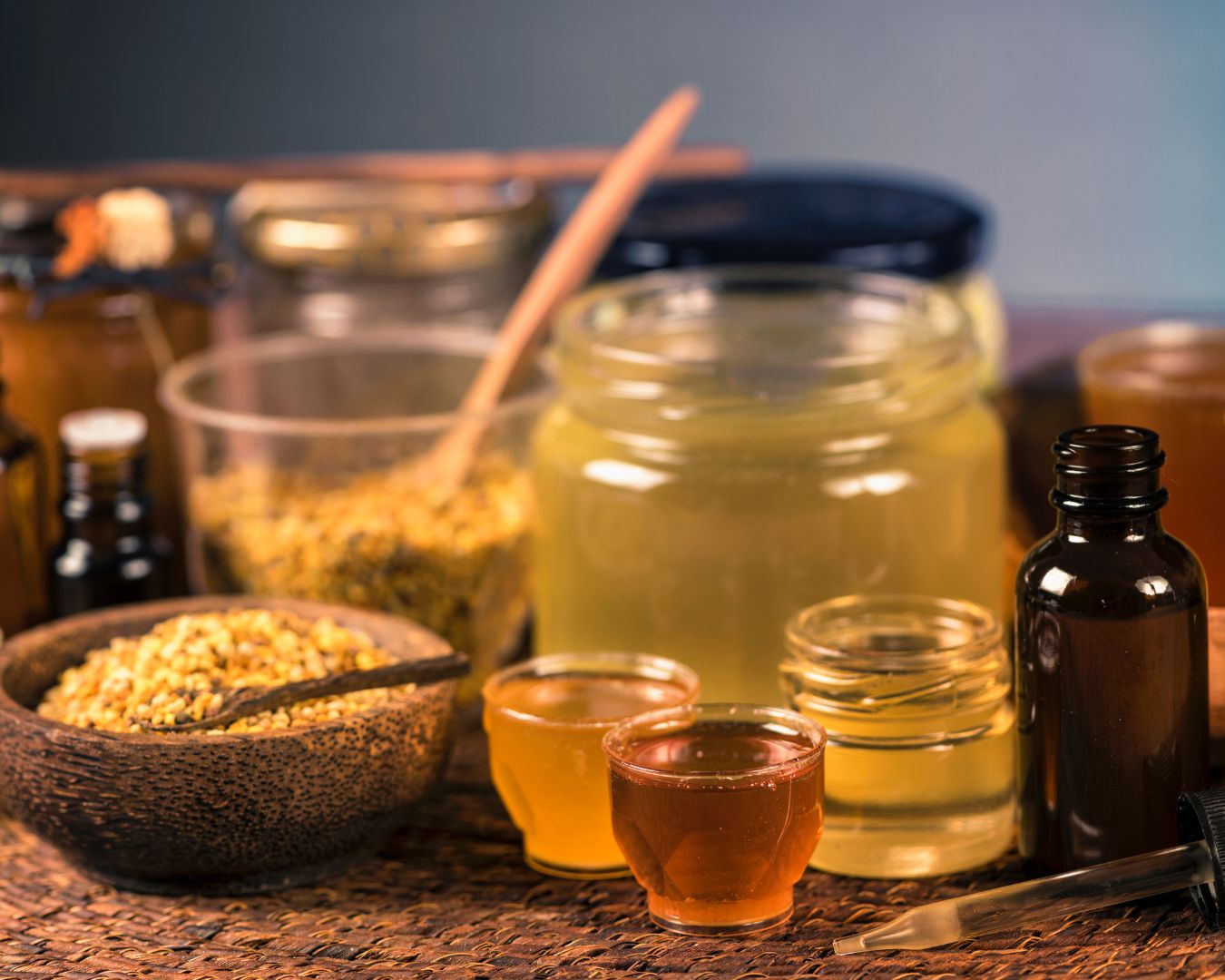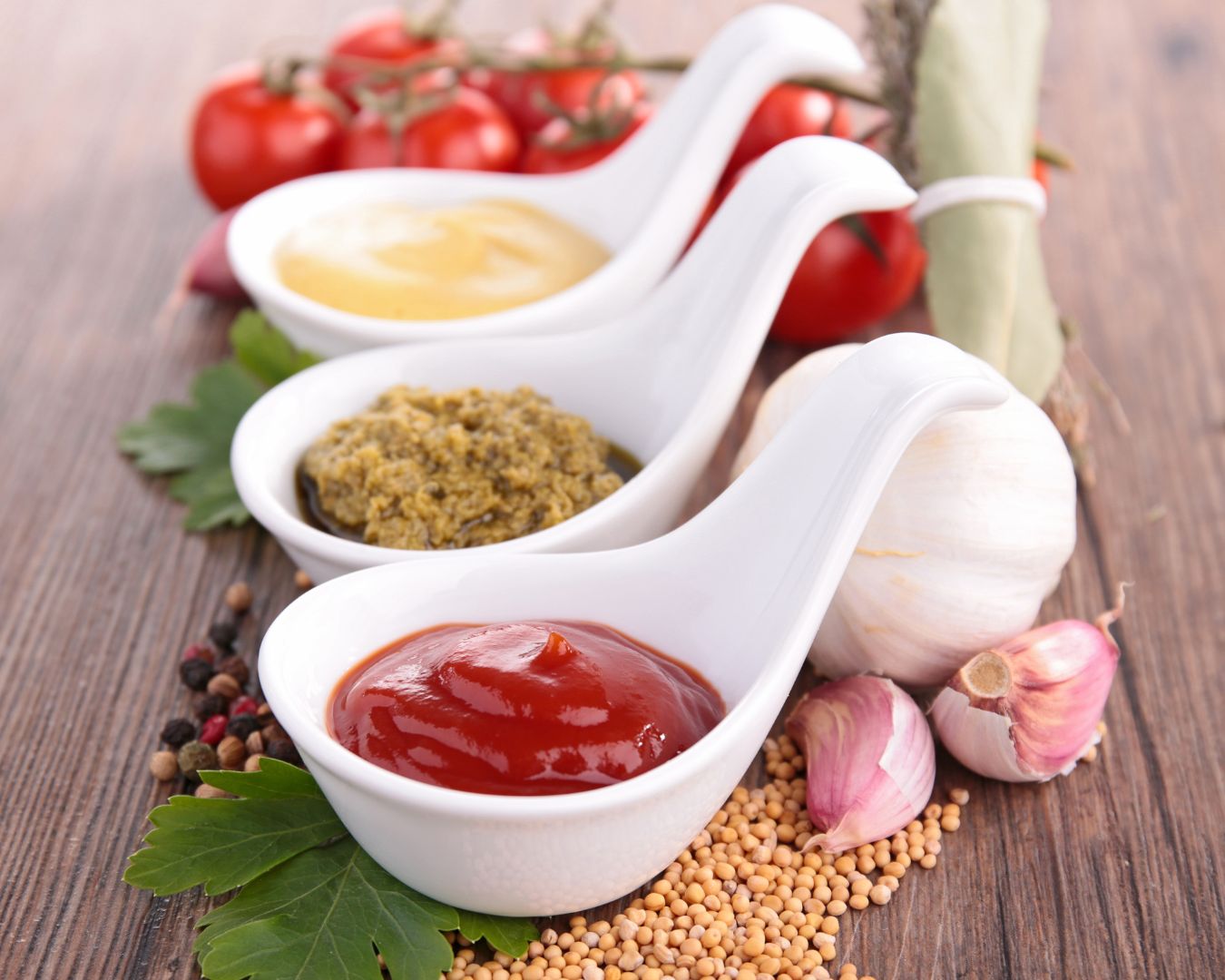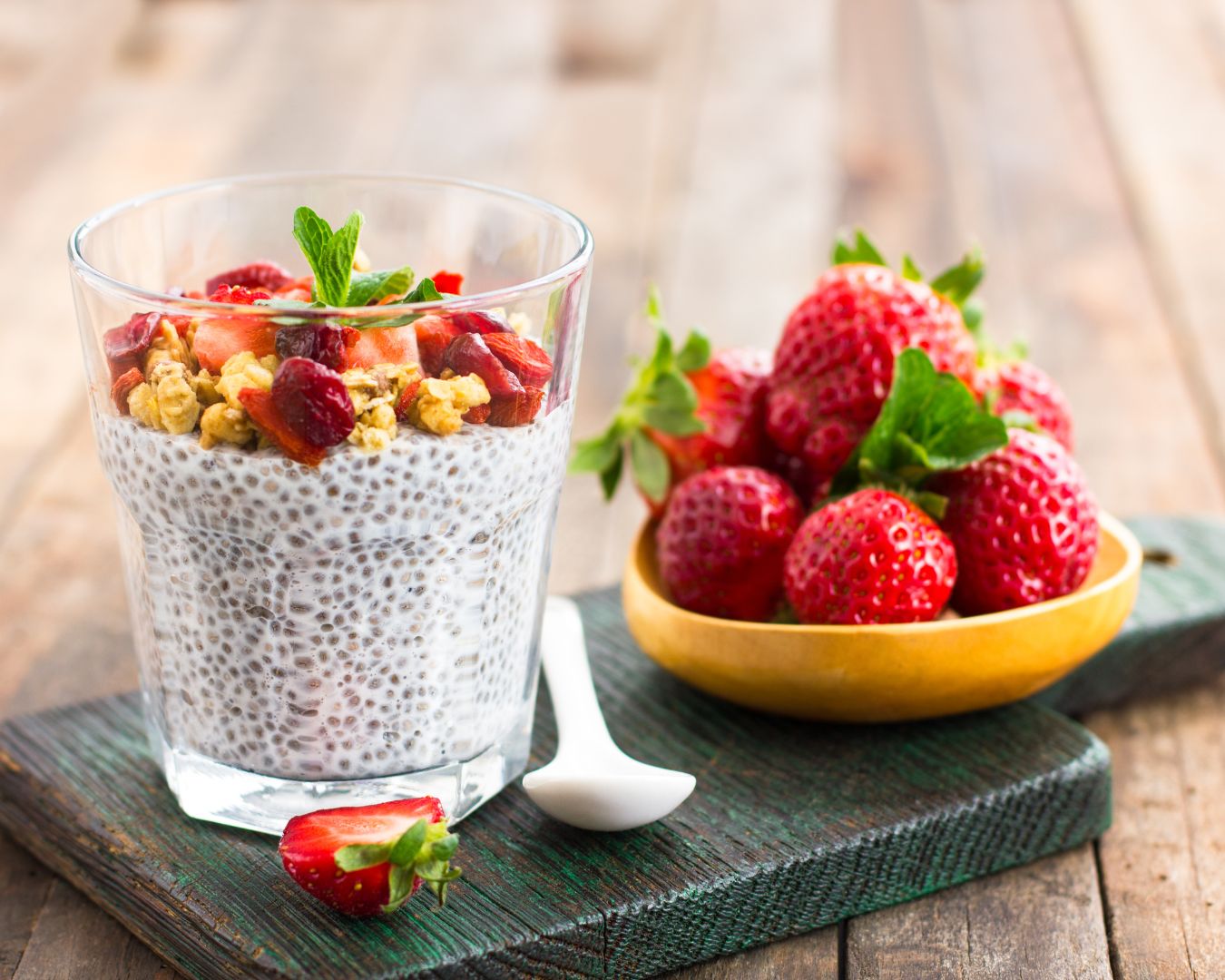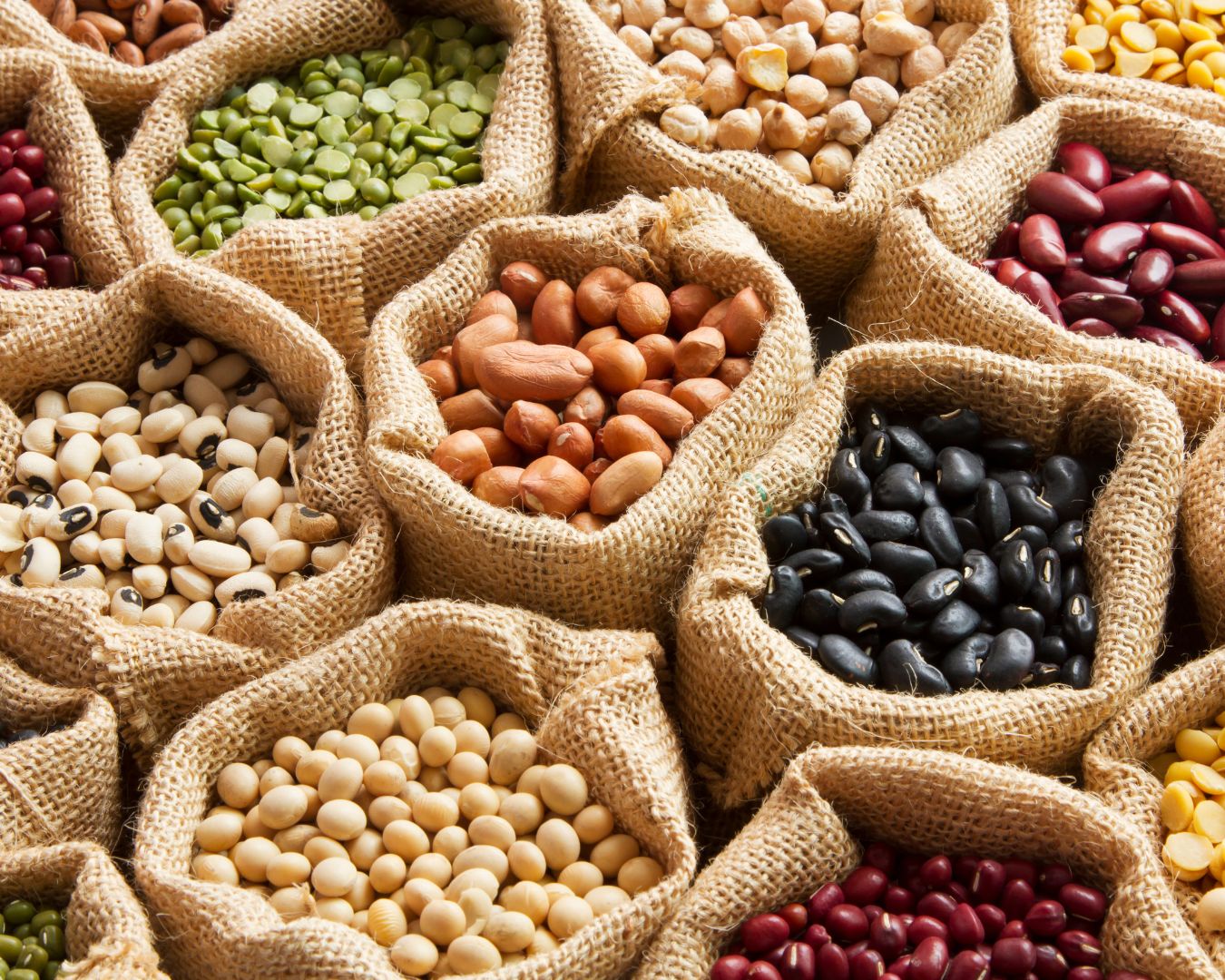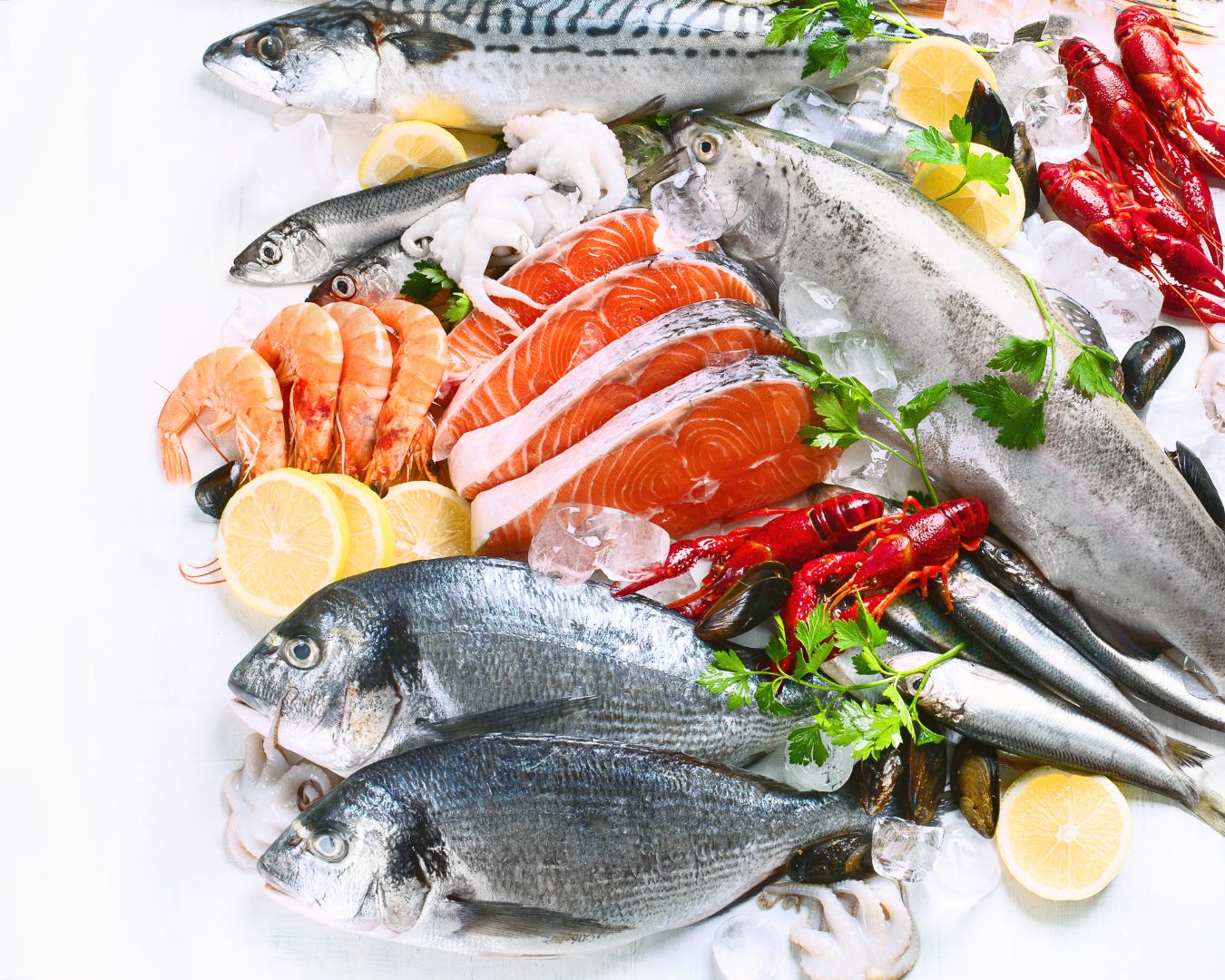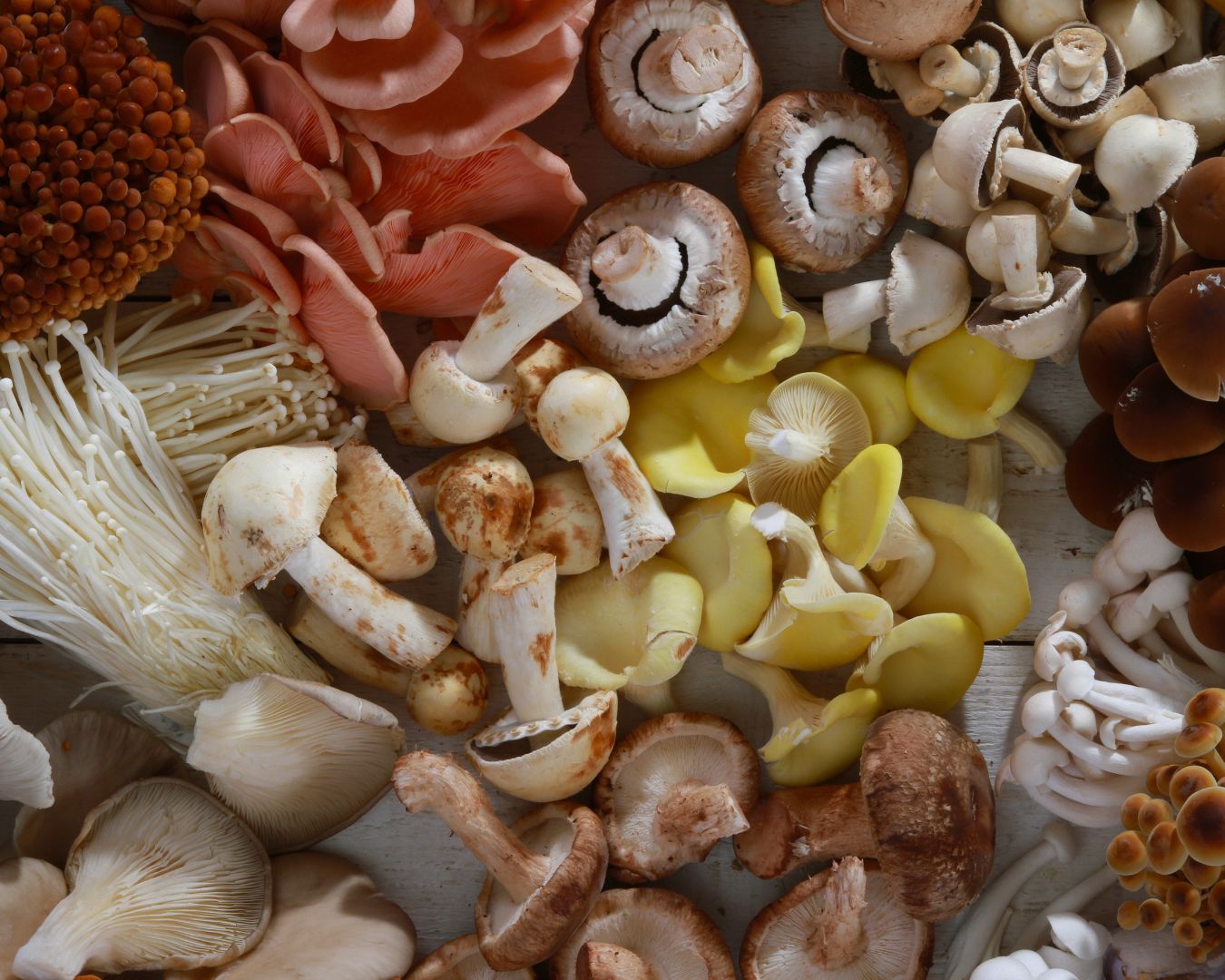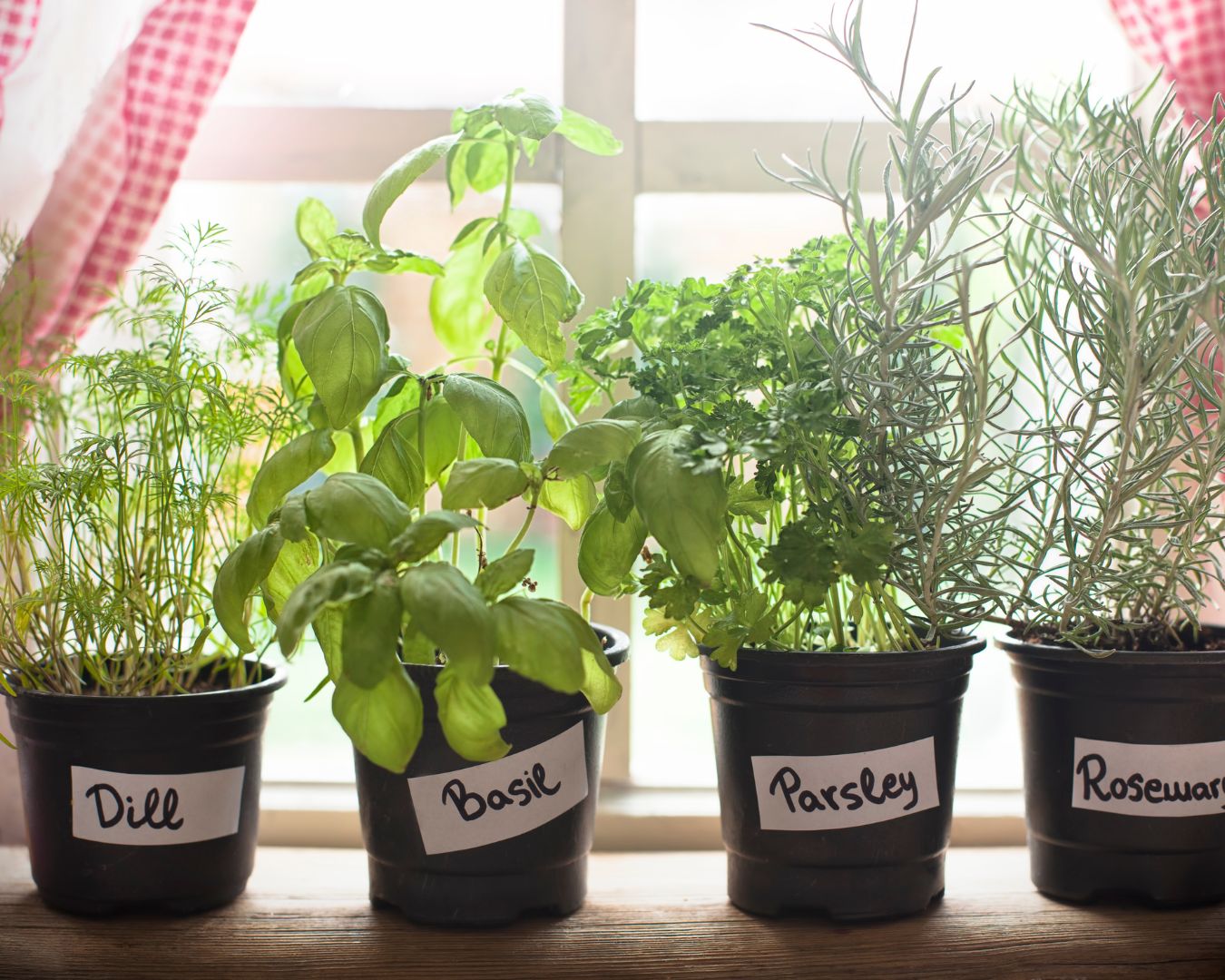Honey, often referred to as liquid gold, has been cherished by humans for thousands of years for its sweet taste, medicinal properties, and versatility in cooking. But behind every drop of honey lies a complex and fascinating process carried out by one of nature’s most important creatures: the honeybee. In this blog post, we’ll explore the intricate journey of honey production, from flower to hive, and highlight the essential role bees play in this process. The Role of Bees in Honey Production Honeybees are social insects that live in colonies, each consisting of a queen, worker bees, and drones. The worker bees are the ones responsible for honey production. Their role begins with foraging for nectar, a sweet liquid found in flowers. But the process of transforming nectar into honey involves much more than just collection. Step 1: Foraging for Nectar The journey of honey production starts when worker bees leave the hive in search of flowers. Bees have a special ability to detect flowers with high nectar content using their keen sense of smell and sight. Once they find a suitable flower, they use their long, tube-like tongues (proboscises) to extract the nectar, which is then stored in a special part of their body called the “honey stomach” or crop. Step 2: The Transformation of Nectar After collecting nectar from various flowers, the foraging bees return to the hive. Here, they pass the nectar to other worker bees through a process called trophallaxis. During this exchange, enzymes in the bees’ saliva break down the complex sugars in the nectar into simpler sugars, such as glucose and fructose. This enzymatic process is crucial in the transformation of nectar into honey. Step 3: Evaporation of Water The nectar collected by the bees has a high water content, which needs to be reduced to create the thick, syrupy consistency of honey. Bees achieve this by spreading the nectar in hexagonal wax cells within the hive. They then fan their wings vigorously, creating airflow that helps evaporate the excess water from the nectar. This evaporation process can reduce the water content from about 70% to less than 20%, which is ideal for honey. Step 4: Sealing the Honey Once the nectar has been transformed into honey and reaches the desired consistency, the bees seal the honey-filled cells with a thin layer of beeswax. This process is known as “capping.” The capped honey is now ready for long-term storage and will serve as a vital food source for the colony, especially during the winter months when foraging is not possible. The Importance of Bees in Pollination While honey production is a remarkable feat, bees play an even more critical role in the ecosystem through pollination. As bees travel from flower to flower collecting nectar, they inadvertently transfer pollen from the male part of one flower to the female part of another. This process, known as cross-pollination, is essential for the reproduction of many flowering plants, including fruits, vegetables, and nuts. Pollination by bees contributes to the growth of about one-third of the food we consume. Without bees, many of the crops we rely on for food would fail to produce fruit, leading to a significant impact on global food supplies and biodiversity. Challenges Facing Honeybees Despite their importance, honeybees are facing numerous challenges that threaten their populations. Habitat loss, pesticide use, climate change, and diseases have all contributed to the decline in bee populations worldwide. This decline poses a serious risk not only to honey production but also to global food security due to the critical role bees play in pollination. Supporting Honeybees There are several ways we can support honeybee populations and contribute to their survival: The process of honey production is a testament to the incredible abilities of honeybees and their essential role in our ecosystem. From foraging for nectar to producing the honey we enjoy, bees perform a series of complex tasks that highlight their importance not only as honey producers but also as vital pollinators. By understanding the challenges bees face and taking steps to support their populations, we can ensure that these remarkable insects continue to thrive and contribute to the health of our planet. Honey is more than just a sweet treat; it’s a symbol of the hard work and intricate processes carried out by one of nature’s most important creatures. Next time you enjoy a spoonful of honey, take a moment to appreciate the bees that made it all possible.

